
Overview
The environmental construction industry focuses on designing and constructing buildings and infrastructure with a focus on sustainability, energy efficiency, and environmental responsibility. The goal is to create structures that are not only functional and safe but also minimize their carbon footprint and support a more sustainable future.
GAO’s RFID, BLE, IoT, and drone technologies have helped its customers in the Sub-Industry Industry to improve their work processes, their operations and productivity by better management of their staff, materials and operational equipment such as excavators, loaders, bulldozers, backhoes, cranes, pavers, compactors, concrete mixers, graders, and generators.
Ranked as one of the top 10 global RFID suppliers, GAO RFID Inc. is based in New York City, U.S. and Toronto, Canada. GAO offers a comprehensive selection of UHF, HF (including NFC) and LF RFID (radio frequency identification) readers and tags, BLE (Low Energy Bluetooth) gateways and beacons, and various RFID and BLE systems such as people tracking, asset tracking, access control, parking control, fleet management, WIP (work in progress), traceability. Such RFID and BLE products and systems, as well as its IoT and drone technologies, have been successfully deployed for the environmental construction industry.
Applications & Benefits of GAO’s RFID, BLE, IoT & Drones for the Environmental Construction
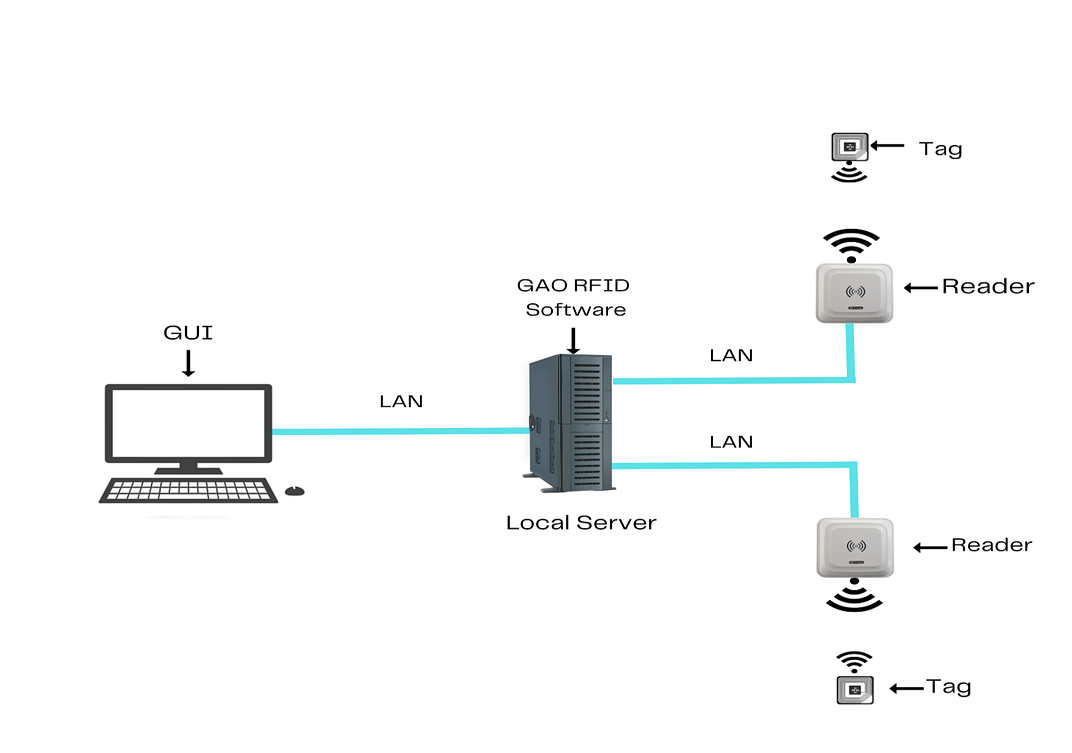 To satisfy its customers, GAO’s RFID or RFID Systems for the environmental construction industry are offered in 2 versions. One version is that its software is running on a local server, and another version is that its software runs in the cloud. The above illustrates GAO system for the environmental construction industry with its software running on a local server
To satisfy its customers, GAO’s RFID or RFID Systems for the environmental construction industry are offered in 2 versions. One version is that its software is running on a local server, and another version is that its software runs in the cloud. The above illustrates GAO system for the environmental construction industry with its software running on a local server
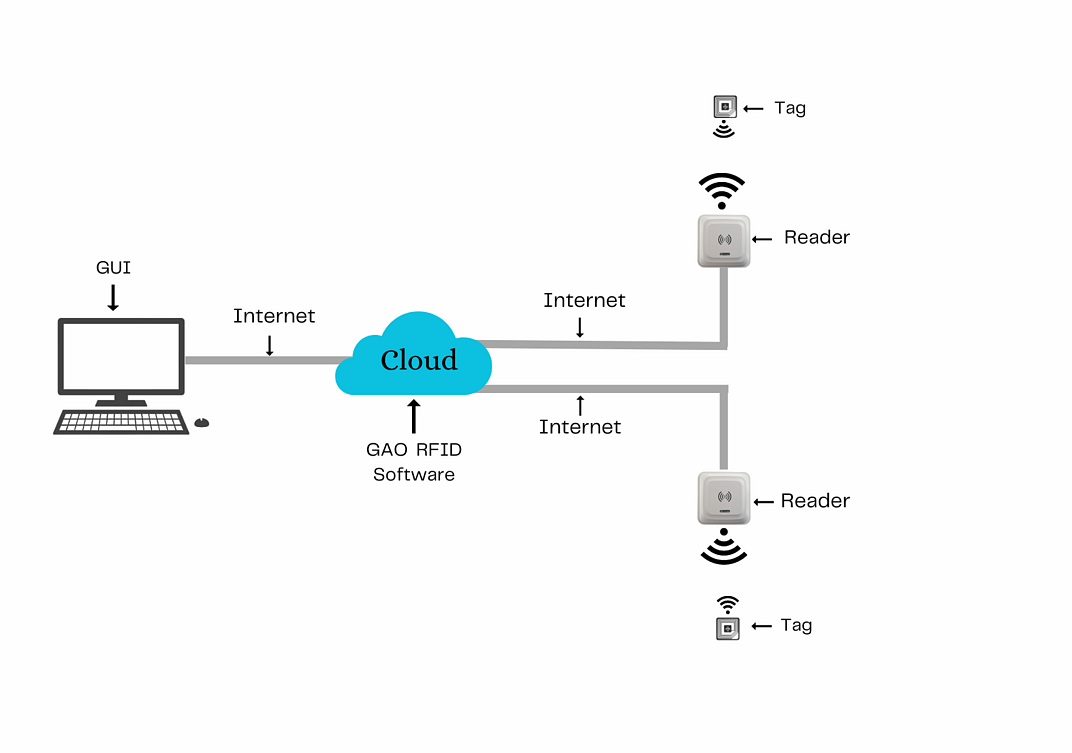 The above illustrates GAO system for the environmental construction industry with its software running in cloud.
The above illustrates GAO system for the environmental construction industry with its software running in cloud.
GAO’s RFID technologies bring the many benefits to the environmental construction industry:
- Improved safety: GAO’s RFID technology can help improve safety by enabling real-time monitoring of hazardous waste and other materials, allowing workers to take appropriate safety precautions.
- Better compliance: Our RFID technology can help ensure compliance with environmental regulations by enabling real-time monitoring of waste and other materials.
- Increased efficiency: GAO’s RFID technology can help streamline processes, reducing the time and effort required to manage equipment such as excavators, compactors and other resources.
- Improved inventory management: Our RFID tags can be used to track inventory levels, reducing the risk of stockouts and overstocking.
GAO’s BLE technologies offer longer reading range and particularly attractive for applications with larger work spaces within the environmental construction industry:
- Asset tracking: GAO’s BLE beacons can be used to track the location of equipment and materials in real-time, improving efficiency and reducing the risk of loss or theft.
- Improved communication: Our BLE can enable real-time communication between workers, improving coordination and reducing the risk of errors or delays.
- Enhanced monitoring: GAO’s BLE sensors can be used to monitor environmental conditions such as temperature, humidity, and air quality, providing real-time data to workers and enabling proactive management of potential issues.
- Efficient resource allocation: Our BLE can help optimize resource allocation by enabling real-time tracking of equipment such as cranes, graders, reducing the risk of overstocking or stockouts.
- Energy efficiency: GAO’s BLE technology uses very little power, making it an energy-efficient solution for monitoring and tracking equipment such as compactors, and concrete mixers.
GAO’s RFID and drone technologies are often combined and such solutions offer the following benefits to the environmental construction industry:
- Real-time monitoring: Our RFID tags can be used to track the movement of materials and equipment, while drones can be used to provide real-time video and photographic data.
- Improved data accuracy: GAO’s RFID tags can provide accurate and up-to-date information on materials and equipment, while drones can be used to capture high-quality video and photographic data.
- Efficient project management: Our RFID tags and drones can be used to automate data collection and processing, reducing the time and effort required for manual data entry and analysis.
- More accurate environmental monitoring: GAO’s drones equipped with sensors and cameras can be used to monitor environmental conditions, such as air and water quality, while Our RFID tags can be used to track the movement of hazardous materials and ensure proper disposal.
- Cost savings: By improving efficiency and reducing waste, GAO’s RFID and drone technologies can help reduce costs associated with materials, labor, and other resources.
Here are benefits of GAO’s IoT technologies to the environmental construction industry:
- Enhanced tracking and tracing: Our IoT sensors can be used to track and trace the movement of materials and equipment such as cranes, bulldozers throughout the construction process, making it easier to locate and manage resources.
- Improved project management: GAO’s IoT sensors can be used to automate data collection and processing, reducing the time and effort required for manual data entry and analysis.
- Enhanced sustainability: Our IoT sensors can be used to promote sustainability by enabling more efficient use of resources and reducing waste.
GAO Helps Customers Comply with Standards, Mandates & Regulations of the Environmental Construction
GAO RFID Inc. has helped many companies in the environmental construction industry to deploy RFID, BLE, IoT and drone systems and to ensure such deployments complying with the applicable industry standards, mandates and government regulations:
RFID, BLE, IoT, & Drone Standards & Mandates
- ISO 18000-6C: This standard defines the air interface and communication protocol for passive UHF RFID tags, which are commonly used in construction material and equipment tracking.
- ASTM E-2567: This standard provides guidelines for the selection and application of passive RFID tags and readers for tracking construction materials and equipment.
- AECMA EN 330002-1: This standard provides guidelines for the use of RFID technology in the management of aircraft parts and equipment, which can also be applied to the construction industry for equipment and material tracking.
- IEEE 802.15.1: This standard defines the technical specifications for the Bluetooth wireless communication technology, including the physical layer and media access control (MAC) layer.
- IPSO Alliance: This is a global non-profit organization that promotes the use of IP (Internet Protocol) for IoT applications.
- ANSI/ASME PTC 46: This standard provides guidelines for the measurement of power output and efficiency of small unmanned aerial systems used in the environmental construction industry.
- FAA Part 107: This is a regulatory standard developed by the Federal Aviation Administration (FAA) in the United States that provides guidelines for the commercial operation of small unmanned aerial systems, including those used in the environmental construction industry.
- Hazardous Materials Transportation Act (HMTA): This Act regulates the transportation of hazardous materials by requiring the use of labels and placards to identify and track hazardous materials.
- Occupational Safety and Health Administration (OSHA) regulations: OSHA regulations require employers to provide a safe working environment for their employees.
- Environmental Protection Agency (EPA) regulations: EPA regulations require construction sites to implement measures to control stormwater runoff and prevent erosion.
US. Government Regulations
- Clean Water Act (CWA): The CWA regulates the discharge of pollutants into U.S. waters and requires construction sites to obtain permits and implement erosion and sediment control measures to prevent water pollution.
- National Environmental Policy Act (NEPA): NEPA requires federal agencies to evaluate the potential environmental impacts of proposed construction projects and to consider alternatives that would minimize or avoid those impacts.
- Resource Conservation and Recovery Act (RCRA): RCRA regulates the generation, transportation, treatment, storage, and disposal of hazardous waste.
- Endangered Species Act (ESA): The ESA protects endangered and threatened species and their habitats.
- Comprehensive Environmental Response, Compensation, and Liability Act (CERCLA): CERCLA, also known as Superfund, regulates the cleanup of hazardous waste sites.
Canadian Government Regulations
- Canadian Environmental Protection Act (CEPA): CEPA is Canada’s principal environmental protection law.
- Fisheries Act: The Fisheries Act protects fish and fish habitats and regulates activities that could harm fish or fish habitats.
- Transportation of Dangerous Goods Act: The Transportation of Dangerous Goods Act regulates the transport of hazardous materials in Canada.
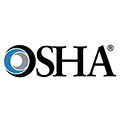 Occupational Safety and Health Administration
Occupational Safety and Health Administration
 Environmental Protection Agency
Environmental Protection Agency
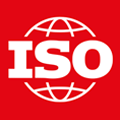 International Organization for Standardization
International Organization for Standardization

Federal Aviation Administration
 Canadian Environmental Protection Act
Canadian Environmental Protection Act
 American Society for Testing and Materials
American Society for Testing and Materials
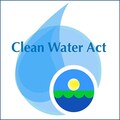 Clean Water Act
Clean Water Act
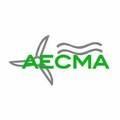 AECMA
AECMA
 American National Standards Institute
American National Standards Institute
 Comprehensive Environmental Response, Compensation, and Liability Act
Comprehensive Environmental Response, Compensation, and Liability Act
 Institute of Electrical and Electronics Engineers
Institute of Electrical and Electronics Engineers
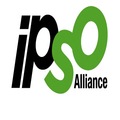 IPSO
IPSO
GAO’s Software Provides API
GAO’s RFID and BLE software offers a free trial for both the server-based and cloud versions, and offers an API to the important systems in the environmental construction industry such as:
- Personnel management: This could involve systems for tracking employee time and attendance, managing payroll, scheduling workers, and tracking employee training and certifications.
- Equipment management: Systems for managing equipment could include tracking equipment location and usage, scheduling maintenance and repairs, and managing equipment rentals.
- Access control: Access control systems could be used to restrict access to construction sites and to ensure that only authorized personnel are allowed to enter.
- Warehouse management: Environmental construction projects may involve the storage and management of materials, equipment, and supplies. Warehouse management systems could be used to track inventory, manage storage space, and streamline order fulfillment.
- Supply chain management: Environmental construction projects may require the coordination of many different suppliers and vendors.
GAO has integrated its RFID, BLE, IoT and drone systems with some of leading software and cloud services in the environmental construction industry. Below are some of popular software and cloud services in the environmental construction industry.
- Procore: Procore is a cloud-based construction management software that includes tools for personnel management, equipment tracking, and project management.
- AWS (Amazon Web Services): AWS is a cloud service that provides various tools and services for personnel management, equipment management, and project management.
- Microsoft Azure: Microsoft Azure is a cloud platform that includes tools for personnel management, equipment management, and project management.
- Google Cloud Platform: Google Cloud Platform is a cloud service that offers various tools and services for personnel management, equipment management, and project management.
- Oracle Cloud: Oracle Cloud is a cloud service that includes various tools and services for personnel management, equipment management, and project management.
- IBM Cloud: IBM Cloud is a cloud service that provides various tools and services for personnel management, equipment management, and project management.
- Oracle NetSuite: Oracle NetSuite is a cloud-based ERP software that includes modules for warehouse management, supply chain management, and inventory management.
- Infor Supply Chain Management: Infor Supply Chain Management is a cloud-based software that includes modules for warehouse management, supply chain management, and inventory management.
- Zoho Inventory: Zoho Inventory is a cloud-based inventory management software that includes tools for warehouse management and supply chain management.
- Google Cloud Platform – Google Cloud Platform offers a range of cloud services for access control, warehouse management, and supply chain management.
- Autodesk BIM 360 – This software provides construction management features such as project management, field management, and document management.
- Trimble Connect – This software provides features such as project management, document management, and 3D modeling.
- Bentley Systems – This software provides features such as project management, design modeling, and analysis.
- Aconex – This software provides features such as document management, project management, and collaboration tools.
 Amazon Web Services
Amazon Web Services
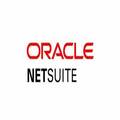 Oracle NetSuite
Oracle NetSuite
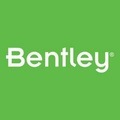 Bentley Systems
Bentley Systems
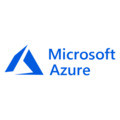 Microsoft Azure
Microsoft Azure
 Google Cloud
Google Cloud
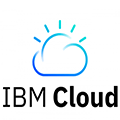 IBM Cloud
IBM Cloud
 Autodesk
Autodesk
 Infor
Infor
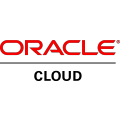 Oracle Cloud
Oracle Cloud
 Salesforce
Salesforce
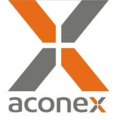 Aconex
Aconex
 ZOHO
ZOHO
GAO has worked with some of the leading technology companies in the environmental construction industry in to provide integrated its RFID, BLE, IoT and drone solutions to customers. Here are some of the technology leaders in the environmental construction industry:
- Trimble – Trimble provides solutions for surveying, mapping, and construction.
- Autodesk – Autodesk provides software solutions for design and engineering.
- Bentley Systems – Bentley Systems provides software solutions for infrastructure design and construction.
- IBM – IBM provides technology solutions for a wide range of industries, including the environmental construction industry.
- Cisco – Cisco provides networking and security solutions for organizations in the environmental construction industry.
- Caterpillar – Caterpillar is a leading manufacturer of construction equipment, including excavators, bulldozers, and loaders.
- Topcon Positioning Systems – Topcon provides positioning and measurement solutions for construction sites.
- Honeywell – Honeywell provides sensing and control solutions for the environmental construction industry.
- Schneider Electric – Schneider Electric provides energy management solutions for construction sites.
- Procore Technologies – Procore Technologies provides construction management software that helps manage project schedules, budgets, and documentation.
- Bluebeam – Bluebeam provides software solutions for the construction industry, including PDF markup and editing tools, document management software, and collaboration tools.
- PlanGrid – PlanGrid provides construction management software that allows teams to collaborate on project plans and documentation in real time.
 Autodesk
Autodesk
 Honeywell
Honeywell
 Schneider Electric
Schneider Electric
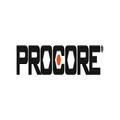 Procore Technologies
Procore Technologies
 Cisco
Cisco
 PlanGrid
PlanGrid
 Bentley Systems
Bentley Systems
 Topcon
Topcon
 IBM
IBM
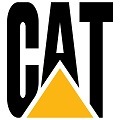 Catterpillar
Catterpillar
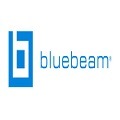 Bluebeam
Bluebeam
 Trimble
Trimble
Case Studies of RFID Applications
Below are some RFID application cases in the environmental construction industry.
One case of RFID application in the environmental construction industry is in the management of hazardous waste. RFID tags can be attached to containers of hazardous waste, and the information on the tag can be used to track the waste throughout the disposal process. Using RFID technology in this way can help ensure that hazardous waste is properly handled and disposed of in compliance with environmental regulations. It can also help to improve transparency and accountability in the waste management process, making it easier to identify and address any issues that may arise.
Another case of RFID application in the environmental construction industry is the use of RFID tags to track and manage hazardous waste. Hazardous waste must be carefully managed and disposed of in accordance with environmental regulations to minimize the impact on the environment and human health. RFID tags can be attached to containers of hazardous waste to track their movement throughout the waste management process, from collection to treatment and disposal. The tags can be read by RFID readers at each stage of the process, providing real-time information on the location and status of the waste.
A case of UHF RFID application in the environmental construction industry is the use of RFID tags to track and manage construction waste. Construction waste can include materials such as concrete, wood, metal, and plastic, and managing it can be a challenging and time-consuming task. By attaching UHF RFID tags to construction waste containers or individual items, companies can track the movement of waste from construction sites to recycling facilities or landfills. The tags can be read by RFID readers at each stage of the process, providing real-time information on the location and status of the waste.
GAO RFID Systems & Hardware for the Environmental Construction
GAO RFID Inc. offers the largest selection of BLE gateways, BLE beacons, RFID readers, tags, antenna, printers, and integrated RFID systems for various industries, including the environmental construction industry.
BLE (Bluetooth Low Energy)
GAO offers advanced BLE gateways:
as well as versatile beacons with such important functions as temperature, humility, vibration and panic button:
GAO’s BLE technology is suitable for many industries, including the multi-family home construction industry.
UHF (Ultra High Frequency) RFID
GAO offers the largest selection of UHF RFID readers for various industries, including the multi-family home construction industry:
GAO RFID offers the widest choice of UHF RFID tags, labels, badges, wristbands for various industries, including the multi-family home construction industry:
and an array of antennas to address different applications:
HF (High Frequency), NFC (Near Field Communications) and LF (Low Frequency) RFID
GAO offers the largest selection of HF, NFC, and LF RFID readers for various industries, including the multi-family home construction industry:
- High Frequency 13.56 MHz Passive RFID Readers
- Low Frequency 134 kHz Passive RFID Readers
- Low Frequency 125 kHz Passive RFID Readers
HF, NFC and LF RFID tags, labels, badges, wristbands for various industries, including the multi-family home construction industry:
and antennas:
GAO also offers RFID printers:
Digital I/O adapters:
and relay controllers:
For embedded applications, GAO offers UHF, HF and LF RFID reader modules:
The RFID systems by GAO are highly popular for clients in the multi-family home construction industry:
Physical asset or operational equipment tracking system:
Assets that can be effectively tracked using GAO’s technologies include
- Excavators: Excavators are versatile machines used for digging, excavating, and moving soil, rocks, and debris. They are essential for various environmental construction projects such as land grading, site preparation, and soil remediation.
- Bulldozers: Bulldozers are heavy-duty machines equipped with a large blade on the front that is used for pushing and moving soil, rocks, and vegetation. They are commonly used for land clearing, leveling, and creating access roads in environmental construction projects.
- Dredgers: Dredgers are specialized equipment used for excavation and removal of sediment and debris from bodies of water. They are commonly used for river dredging, harbor maintenance, and beach replenishment projects.
- Environmental Drilling Rigs: Environmental drilling rigs are used for drilling boreholes and wells in environmental construction projects. These rigs can be used for groundwater monitoring, soil sampling, and installation of monitoring wells for environmental assessments and remediation.
- Geotechnical Testing Equipment: Geotechnical testing equipment is used to assess soil and rock properties in environmental construction projects. This includes equipment for soil sampling, laboratory testing, and field testing to determine soil composition, stability, and permeability.
- Environmental Monitoring Equipment: Environmental monitoring equipment is used to assess and monitor various parameters related to air quality, water quality, noise levels, and other environmental factors. Examples include air quality monitors, water quality meters, noise meters, and weather stations.
- Erosion Control Equipment: Erosion control equipment is used to prevent soil erosion and maintain stability in environmental construction projects. This includes erosion control blankets, sediment barriers, silt fences, and erosion control matting.
- Water and Wastewater Treatment Systems: Water and wastewater treatment systems are used in environmental construction projects for the treatment and purification of water and wastewater. These systems can include filtration units, settling tanks, chemical dosing systems, and disinfection equipment.
- Landfill Equipment: Landfill equipment is used for the construction, operation, and maintenance of landfills. This includes landfill compactors, bulldozers, landfill gas collection systems, leachate management equipment, and landfill liners.
- Environmental Remediation Equipment: Environmental remediation equipment is used for the cleanup and restoration of contaminated sites. This can include soil vapor extraction systems, groundwater treatment systems, soil washing equipment, and bioremediation systems.
People or workers tracking system:
Personnel or people access control system:
Parking or vehicle control system:
GAO Has Served the Environmental Construction Extensively
GAO’s products and technologies have helped its customers in the environmental construction Industry to achieve success in sustainable construction, green building, net-zero construction, circular economy, energy efficiency, low-impact development, and biophilic design.
GAO RFID Inc. has deployed RFID, BLE and IoT projects for many companies in the environmental construction, including many in its various divisions such as
- Renewable energy construction: This involves the construction of facilities that harness renewable sources of energy such as solar, wind, geothermal, and hydroelectric power.
- Waste management construction: This involves the construction of facilities that manage and treat different types of waste, including hazardous and non-hazardous waste.
- Environmental remediation construction: This involves the construction of facilities that remediate contaminated land and water sources, including landfills and hazardous waste sites.
- Green building construction: This involves the construction of buildings that are designed to have minimal environmental impact, including energy-efficient buildings and structures that use sustainable materials.
Here are some of the leading companies in the environmental construction industry
 HDR
HDR
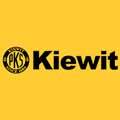 Kiewit Corporation
Kiewit Corporation
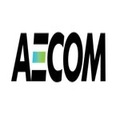 AECOM
AECOM
 Jacobs Engineering
Jacobs Engineering
 Fluor Corporation
Fluor Corporation
 Bechtel
Bechtel
 Parsons Corporation
Parsons Corporation
 WSP USA
WSP USA
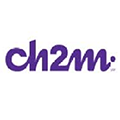 CH2M Hill
CH2M Hill
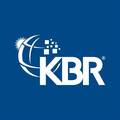 KBR
KBR
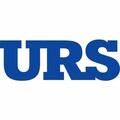 URS Corporation
URS Corporation
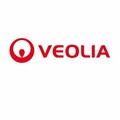 Veolia North America
Veolia North America
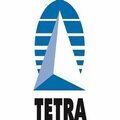 Tetra Tech
Tetra Tech
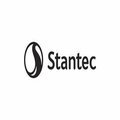 Stantec
Stantec
 Clean Harbors
Clean Harbors
 Black & Veatch
Black & Veatch
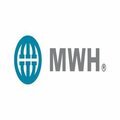 MWH Global
MWH Global
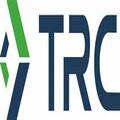 TRC Companies
TRC Companies
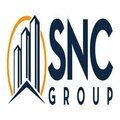 SNC-Lavalin Group Inc.
SNC-Lavalin Group Inc.
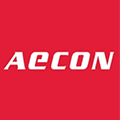 Aecon Group Inc.
Aecon Group Inc.
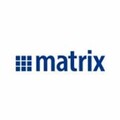 Matrix Solutions Inc.
Matrix Solutions Inc.
 GFL Environmental Inc.
GFL Environmental Inc.
 WSP Global Inc.
WSP Global Inc.
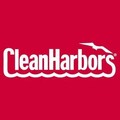 Clean Harbors Canada Inc.
Clean Harbors Canada Inc.
